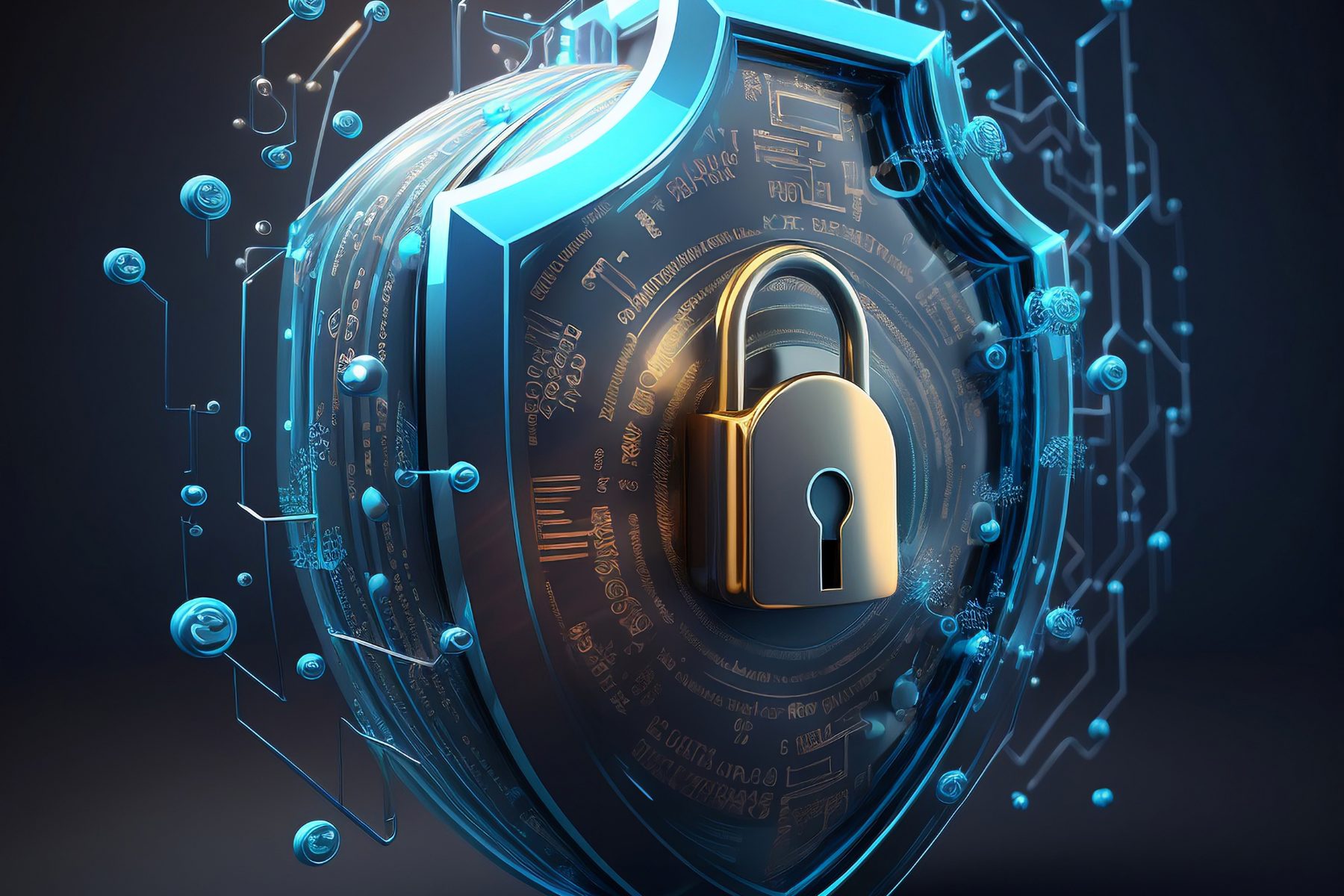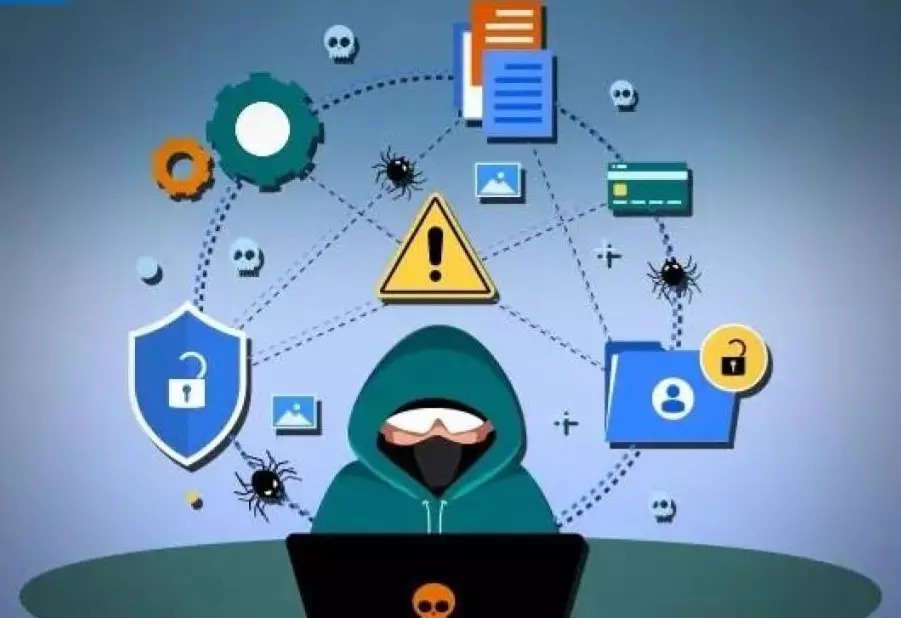Cyber threats have evolved in sophistication and scope alongside advancements in technology. Gone are the days when simple viruses and malware were the primary concerns of cybersecurity professionals. Today, businesses contend with a multifaceted array of threats, ranging from ransomware and phishing attacks to advanced persistent threats (APTs) and zero-day exploits.
Phishing attacks, meanwhile, continue to plague businesses of all sizes, exploiting social engineering tactics to deceive unsuspecting users into divulging sensitive information or clicking on malicious links. With the proliferation of email and social media platforms, phishing has become increasingly sophisticated, often masquerading as legitimate correspondence from trusted sources.
Furthermore, online businesses are entrusted with safeguarding a treasure trove of sensitive data, including customer personal information, payment card details, and proprietary intellectual property. Failure to adequately protect this data not only exposes individuals to identity theft and financial fraud but also exposes businesses to legal liabilities and regulatory sanctions.
In light of the evolving threat landscape and the high stakes involved, implementing robust cybersecurity measures is imperative for online businesses. While the specific strategies and technologies employed may vary depending on the nature of the business and its risk profile, several best practices can serve as foundational pillars of a comprehensive cybersecurity posture:
Multi-layered Defense: Adopting a multi-layered defense strategy involves deploying a diverse array of security controls to protect against different threat vectors. This may include firewalls, intrusion detection and prevention systems (IDPS), antivirus software, endpoint protection, and web application firewalls (WAFs), among others.
Access Control and Authentication: Implementing robust access controls and authentication mechanisms helps limit access to sensitive systems and data to authorized users only. This may involve the use of strong passwords, multi-factor authentication (MFA), role-based access controls (RBAC), and privileged access management (PAM) solutions.
Encryption: Employing encryption technologies, such as Secure Sockets Layer (SSL) and Transport Layer Security (TLS), helps protect data both in transit and at rest. Additionally, encrypting sensitive files and communications adds an extra layer of security, rendering them unreadable to unauthorized parties.
Regular Patch Management: Promptly applying security patches and updates is essential for addressing known vulnerabilities and minimizing the risk of exploitation. Establishing a formal patch management process ensures that software and systems remain up-to-date and resilient against emerging threats.
Employee Training and Awareness: Investing in cybersecurity education and training programs for employees is crucial for cultivating a security-conscious culture within the organization. By raising awareness about common threats, best practices, and reporting procedures, employees become active participants in the defence against cyber threats.
Incident Response and Business Continuity: Developing robust incident response and business continuity plans enables organizations to effectively respond to and recover from security incidents. This involves defining roles and responsibilities, establishing communication protocols, and conducting regular drills to test the efficacy of response procedures.
Continuous Monitoring and Threat Intelligence: Implementing continuous monitoring capabilities allows businesses to detect and respond to security threats in real-time. By leveraging threat intelligence feeds and security analytics tools, organizations can proactively identify emerging threats and adjust their defences accordingly.
As online commerce continues to thrive in an increasingly interconnected world, the importance of cybersecurity in safeguarding businesses against cyber threats cannot be overstated. From ransomware and phishing attacks to APTs and zero-day exploits, the evolving threat landscape presents a myriad of challenges that demand proactive and comprehensive security measures.






No comments:
Post a Comment